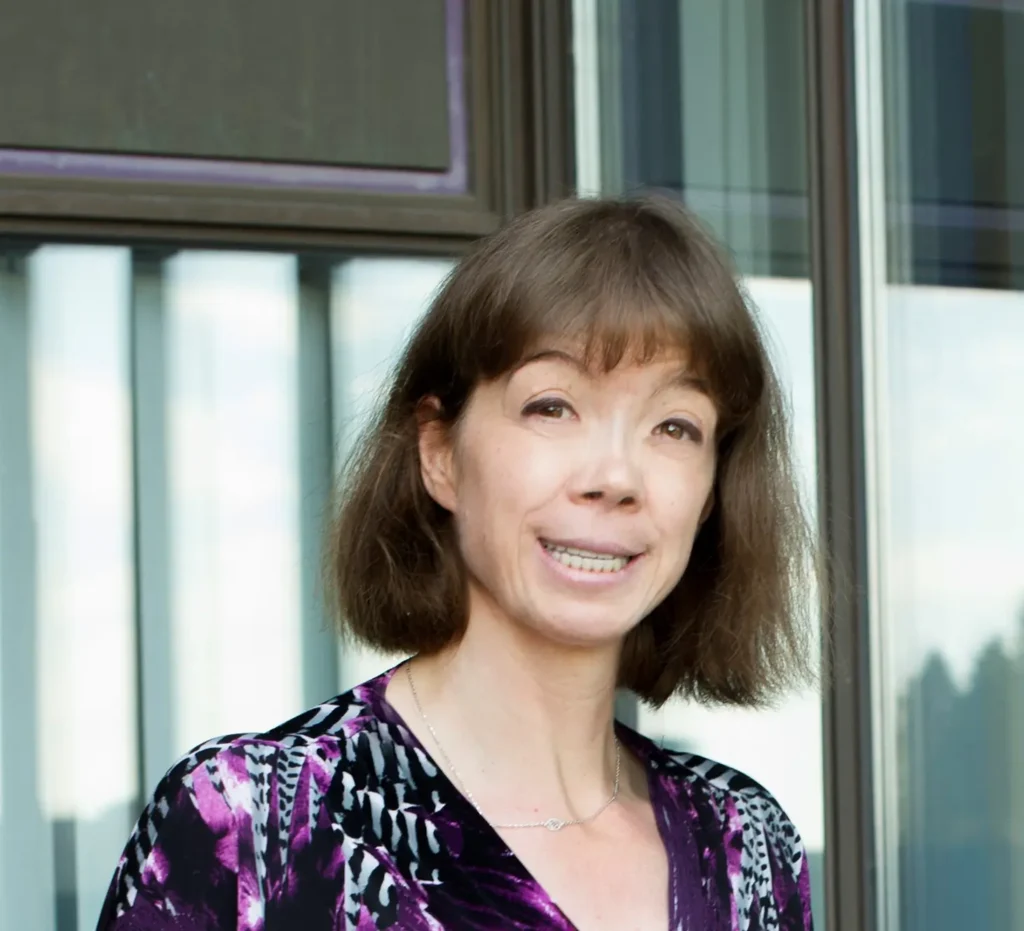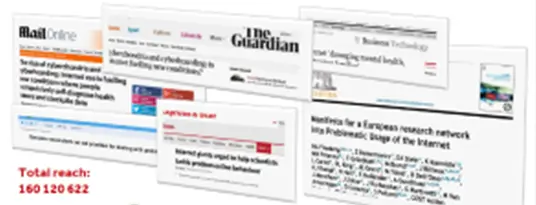More than ever, communicating science results to a wide range of audiences is crucial. It not only helps strengthen science and research, but it can impact society as a whole. Acknowledging this importance, the COST Programme encourages its researchers to communicate their COST Action outcomes as broadly as possible. For every COST Action, a dedicated Science Communication Coordinator is appointed, a key leadership position that identifies and coordinates the most relevant communication activities, helping achieving the Actions’ objectives.
Supporting and guiding the Science Communication Coordinators in this mission is part of COST’s primary endeavours. Last week, the first Communication Coordinators Seminar took place, bringing together numerous COST Action Science Communication Coordinators with COST representatives. With ‘sci comm’ fresh in our minds, the time is ripe to take a closer look at the role of a Science Communication Coordinator and what makes it a special one for research networks.
From scientist to communicator: a leap for impact
Science communication is part of a researcher’s every day’s life. Researchers are accustomed to writing papers, publishing results, informing and educating others. But when it comes to reaching out to a more general public, a different set of skills are required to pass messages effectively, beyond languages and practice barriers.
For many COST Action participants, taking up this role has been a strategic decision to tackle new challenges and contribute to the wide dissemination of their Action’s results.
Prof Ana Gavrilovic, Science Communication Coordinator of COST Action ‘Applications for zoosporic parasites in aquatic systems’, jumped into this role at the beginning of the year. Working in the field of applied science, Gavrilovic was already familiar with the exercise of bridging different worlds as she worked both for research and development, addressing business companies with the research results. “This position was empty, and knowing the gap between fundamental scientists and industry, policy makers, and citizens, I believed I would be able to contribute.” she says. But embracing the role of Communication Coordinator allows you to connect with new and additional disciplines. Gavrilovic adds: “Beside connecting fundamental science and business, I also experienced communication with policy makers and citizens. For me, this position presents challenges, having me facing issues and finding solutions to overcome them, and allowing me to network with different areas. I am also learning new tools related to communication.”
For others, assuming this role was strategic and presented an opportunity to gain new knowledge. This is the case of Dr Mina Di Marino from COST Action ‘The Geography of New Working Spaces’:
“This position has been very important for me considering the strategic role of the Communication (both internal and external) in the COST Action. What is also relevant is the constant dialogue with Core Group and other COST members, since I have monitored every year’s achievements and discussed whether and how to improve our Action. This can be done only if you have a wide overview of your Action, and thus, the work of each Working Group and the scientific and societal outcomes. These tasks have contributed to enhance my academic background as researcher (by covering a leading position and by being part of a large scientific community) and as individual.”

Tasks of the Science Communication Coordinators
As mentioned in the COST Annotated Rules, the Science Communication Coordinator is responsible for coordinating the implementation of a communication and dissemination strategy to enable a COST Action to achieve its objectives and to increase the visibility of the network, playing a crucial role in bridging the gap between the scientific achievements and the public.
Tackling these tasks takes different forms depending on the Actions objectives and on how each Science Communication Coordinator decides to operate. “I have several responsibilities, but my strategy is to approach them systematically. So the workload is rather distributed within the weeks. The main learning is about the relevance and need for communication. Website, social media, and offline tools are good for communicating our Action to experts, policy makers, and stakeholders.” says Di Marino.
Ana Gavrilovic, whose COST Action has recently started, is in the process of finalising the communication and dissemination strategy that will be used as the main radar for all communication activities. They are setting the building blocks to approach these tasks in a coordinated and concerted manner. Gavrilovic explains: “The idea is to engage an Institutional Communication Manager (ICM) for each member institution, that would allow or open more engagement possibilities for all member institutions equally, allowing a better exchange of information and networking not only between us (Action members) but also with the wider community.”
COST stewardship for science communication
To maximise the impact of a COST Actions’ communication and dissemination strategy, the COST Programme has an effective stewardship approach in place. With the purpose of supporting Science Communication Coordinators in implementing their tasks, the COST Programme provides guidance and support, engages in community-building by fostering peer to peer exchange through a dedicated platform, and participates in promoting the result of an Action through a concerted communication effort.
Ms Karima BenSalah, Communication Officer at COST in charge of COST Action stewardship stresses the importance of supporting COST Actions in widening their initial press announcements: “As a result, we are increasing their potential by offering to share their stories via COST’s numerous communication channels: website, news, events, newsletter, or social media.”
The COST Academy also include specific practical training opportunities dedicated to Science Communication Coordinators to equip them with new skills and help generate to wider impact.
Communicating your COST Action topic to the public
How do all these efforts translate into concrete examples? Tapping into the myriad of creative solutions to address an Action’s communication objectives can take many different facets. Some will streamline their content through fun animations to raise awareness on complex issues while others will concentrate on achieving impact through effective press strategies.
When it comes to COST Actions dealing with medical research, simplifying content to address specific issues to the attention of patients for example is key to pass messages on important matters. For example, COST Action ‘Glioma MR Imaging 2.0’, working towards a better understanding of glioma pathology for improved treatment strategies, has released an animation video last year, in multiple languages, to explain to patients about the importance of medical information for scientific research and how their privacy is protected.
COST Action ‘NeuralAchCon’ examines the role of cortical neural architecture in consciousness from a basic science as well as a clinical perspective and made a series of video interviews to present complex concepts such as the memory formation and how it relates to consciousness, with creative science-fiction effects.
Watch the whole series of NeuralAchCon videos on their YouTube channel.
COST Action ‘Language in the Human-Machine Era’ also just released a series of animations to illustrate transformative technologies that will soon reshape the way we use language.
Finally, the COST Action ‘Problematic Usage of the Internet’ is a great example in finding the right angle to communicate a timely research to mainstream medias. From their initial manifesto ‘Hoarding to be classified as mental disorder for first time by World Health Organisation’ which was picked-up by British news agency Reuters to other news items published in general national newspapers such as The Guardian and the Telegraph, this COST Action managed to generate a wide impact on its research activities with reach of millions of views on their content.

Working as a Science Communication Coordinator certainly brings added value in better understanding the stakes and the importance of conveying science and research content to the public.
“I would say that my previous experience in research projects that have already emphasised the role of communication was very important. In addition to this, the support of the communications team at the COST Association in Brussels is crucial. So I would recommend to communicate with them and receive feedback about the communication strategies of your Action.“ concludes Mina Di Marino.
